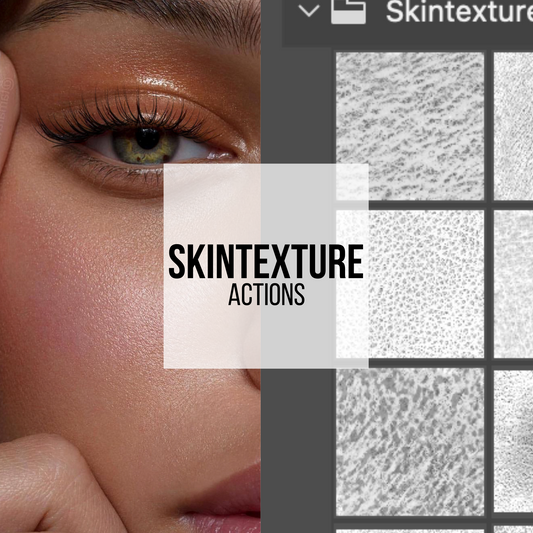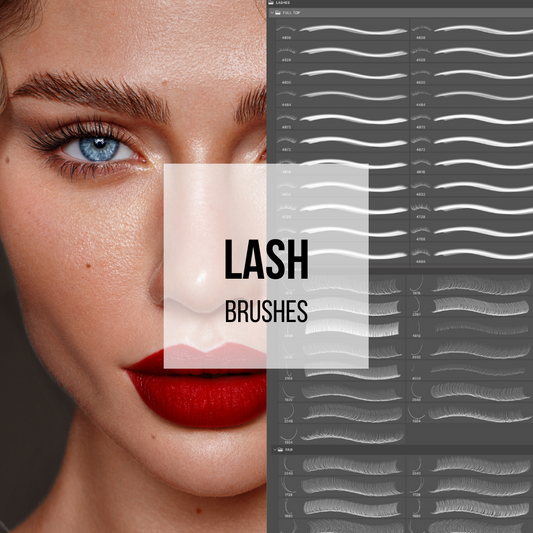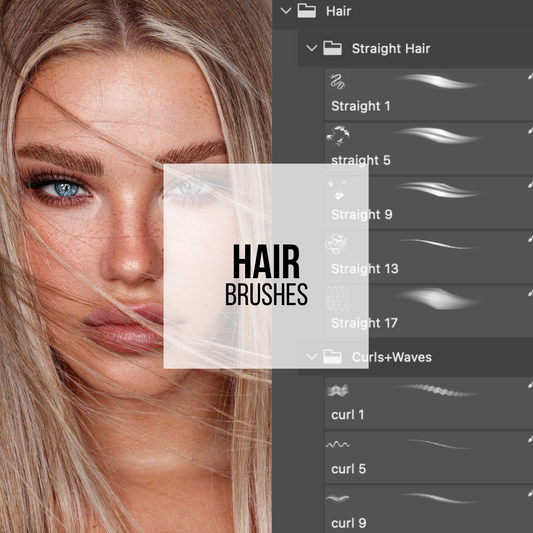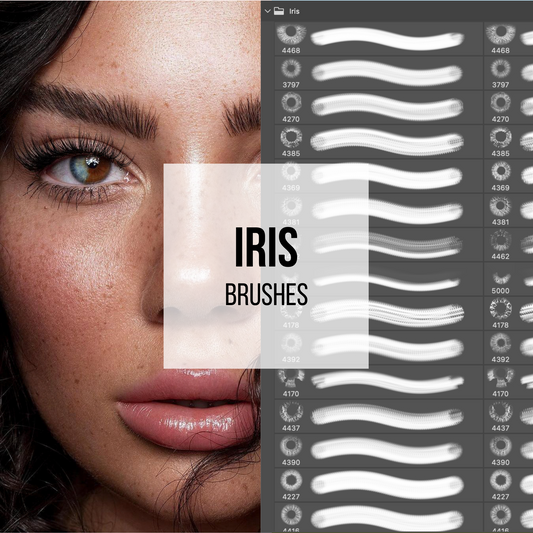Photography has ascended to a pivotal role in today’s business landscape, becoming a crucial aspect of both online and offline ventures. This spans various sectors including product, fashion, and clothing photography. Alongside this boom in photography, the photo editing sector is also experiencing significant growth. High-end photo retouching, particularly when applied to human figures, elevates images to a level of professionalism that is increasingly sought after.
As such, there is a growing demand for comprehensive guides to high-end photo retouching, catering to both photographers and clients to establish clear boundaries and expectations for their collaborative efforts. This guide aims to provide a thorough exploration of high-end retouching, serving as a one-stop resource for all related inquiries.
Defining High-End Photo Retouching
High-end photo retouching, although a familiar term to many, carries a depth of meaning that may not be immediately apparent. It represents a level of Photoshop work that transforms an image to its utmost potential, encapsulating a range of corrections. This can include altering body shapes, refining skin texture, adjusting eye details, manipulating colors, and more. Clients occasionally request extensive modifications to images, and high-end retouching emerges as the optimal solution in such scenarios.
Distinguishing Basic Retouching from High-End Retouching
There is often confusion regarding the distinctions between basic photo retouching and high-end retouching, leading to potential misunderstandings between clients and photographers about the expected extent of image editing. High-end photo retouching encompasses a broader spectrum of alterations compared to basic retouching.
Basic retouching involves elementary image edits, such as adjusting light and color, eradicating blemishes, rectifying shadows, removing stray hairs, smoothing skin, and enhancing teeth and eyes. While these changes are noticeable, they don’t radically transform the image.
Conversely, high-end retouching goes several steps further, tackling everything from restoring aged or damaged photos to modifying body shapes. It includes advanced color and gamma correction, image compositing, perspective alterations, color manipulation, distraction removal, skin toning, and the eradication of spots, wrinkles, and blemishes. The key difference lies in the level of work; high-end retouching enables far more extensive manipulation of images compared to the limitations of basic retouching.
Conclusion
This guide has endeavored to provide a clear and comprehensive understanding of high-end photo retouching, delineating its functions, applications, and the clear distinctions from basic retouching. With this knowledge, both photographers and clients can set realistic expectations and boundaries, ensuring a smooth, collaborative experience that results in stunning, professionally retouched images.





